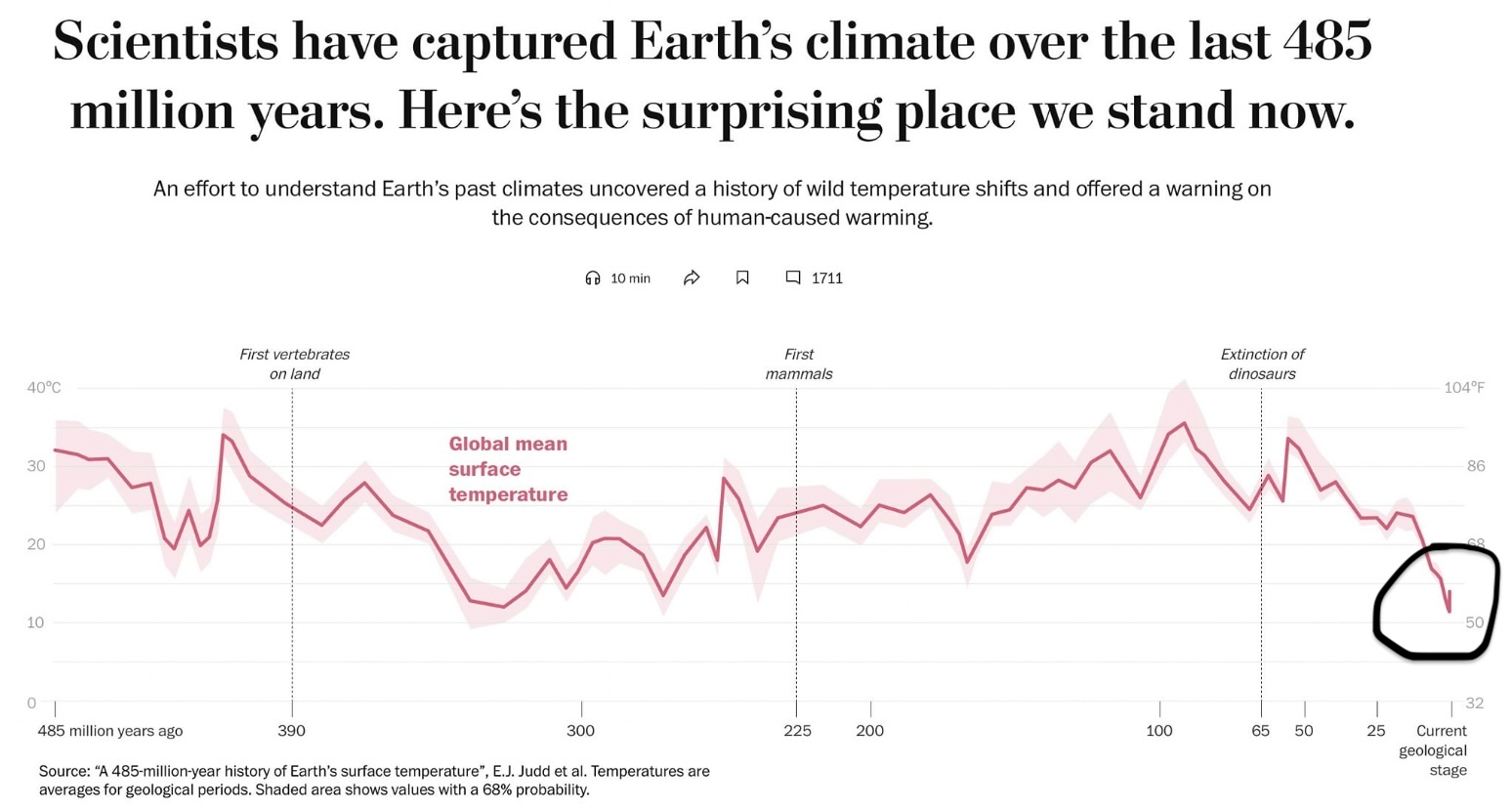The People’s Republic of China economy is continuing its malaise and apparent downward spiral from falling prices and its festering real estate crisis. International trade tensions aren’t helping.
A solution:
The central government in Beijing needs to borrow and spend more to drive up growth and inflation, he said, and should give its local counterparts more freedom to use their borrowing quotas to support consumption.
“He” is Julian Evans-Pritchard, Singapore-based Capital Economics‘ Head of China Economics. He doesn’t, however, suggest from whom the PRC should borrow.
The population of potential lenders includes the good citizens of the PRC, who are reluctant to lend any further, having been burned by their own borrowing into that real estate market, and whose pullback is feeding that problem. Lenders include those who might lend to those local counterparts who already are not consuming the yuan already borrowed. More room in those local borrowing tills seems scant, and those potential lenders already are debt-strapped on their own. Lenders also include international buyers—individuals, businesses, and governments—of the various PRC government debt instruments. Those instruments already issued have lost and are continuing to lose market value to the detriment of those current lender/holders; this drives up the interest rate the government must offer on new issues, which increases the cost of that borrowing. After a point those increasingly elevated interest rates become prima facie evidence of the current and increasingly risky nature of those instruments.
Evans-Pritchard also doesn’t seem to recognize the inherent weakness of borrowing based on declining value asset collateral—which is what borrowing for consumption is.
It all adds up to the foolishness of Modern Monetary Theory, the theory that money is leaves on an infinite tree. What the People’s Bank of China has done—offering 500 billion yuan in loans to funds, brokers, and insurers to buy Chinese stocks; putting up another 300 billion yuan to finance company share buybacks—is just the first step of pulling leaves off that tree. To be sure, cutting its benchmark interest rate and lowering bank cash reserve requirements, which the PBOC also has done, ordinarily is a standard central bank move to stimulate economic activity, but when they’re done on concert with those other moves, they lose their stimulative effect and just become the sharp sugar high before the crash. The end result of this will be yet more borrowing, but this time from the futures of the PRC’s current children and of their children’s children—whose generational sizes are shrinking.
There are lessons here for us, were our politicians interested in learning them.

